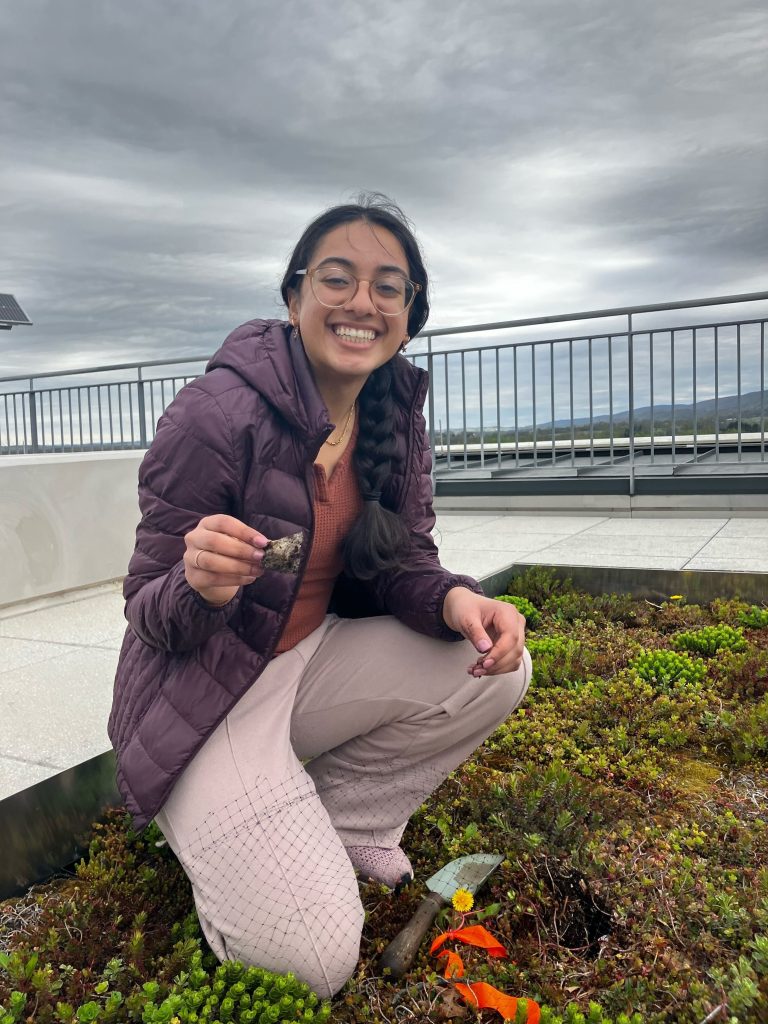
Litter decomposition on green roofs
Green roofs are becoming an increasingly common sight in urban areas. These structures are used for stormwater management, but we are interested in the plant and microbial community that grow on/in green roof soils. In collaboration with the Bucknell Center for Sustainability and the Environment, we conduct in situ experiments that measure microbial decomposition on green roofs during different seasons. Microbial decomposition is an important mechanism that is linked with atmospheric concentrations of CO2 and soil carbon sequestration.
Comparative genomics to understand microbial ecology and evolution
We use publicly available DNA sequencing data to answer questions about the ecology and evolution of bacterial life. DNA contains an immense amount of information about the traits and evolutionary history of bacterial strains. We use R, bash scripting, and Python to wrangle and analyze DNA data to investigate the evolutionary basis of unique bacterial traits.
Population dynamics of nutrient sharing
Bacteria often lack the genes to synthesize important components in their primary metabolism such as amino acids and vitamins. Yet, several bacteria are able to acquire the necessary nutrients and keep growing. It is likely that these nutrients are being acquired from the environment and/or their neighbors in a microbial community. We track how population-level changes can influence the sharing or cross-feeding of nutrients in bacterial communities.